The Red Cross opened the Holland Laboratory (in Maryland) dedicated to biomedical research
In 1987, the Red Cross opened the Jerome H. Holland Laboratory (in Maryland), which was dedicated to biomedical…

In 1987, the Red Cross opened the Jerome H. Holland Laboratory (in Maryland), which was dedicated to biomedical…

On Dec. 12, 1980, the U.S. Senate passed Joint Resolution 213 which designated the National Institutes of Health’s…
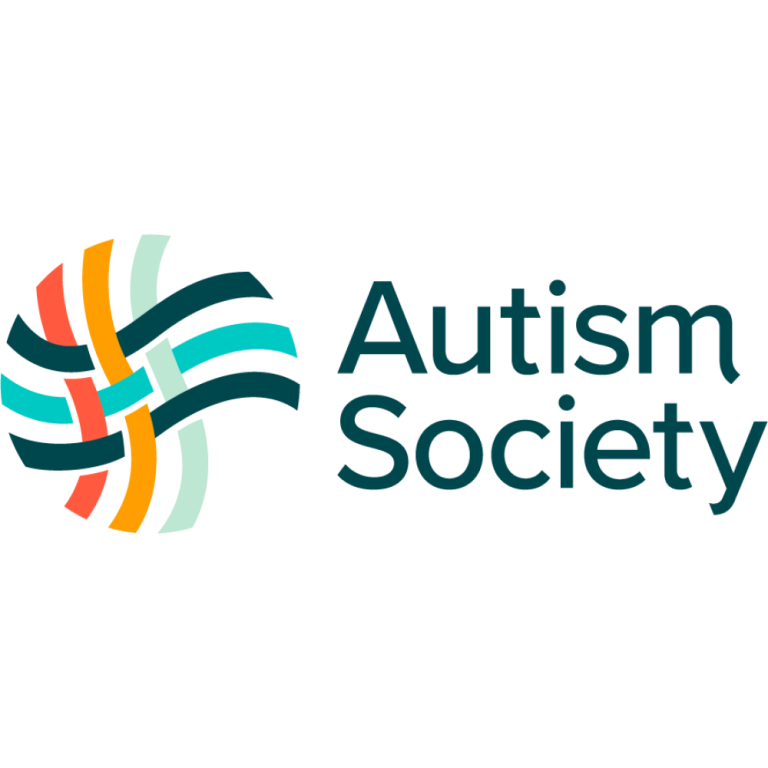
In 1965, the National Society for Autistic Children (later renamed the Autism Society of America) was founded by…
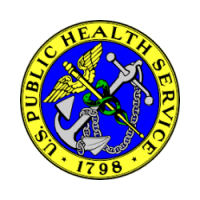
In 1960, the U.S. Public Health Service (USPHS) TB control and clinical research program was transferred to the…
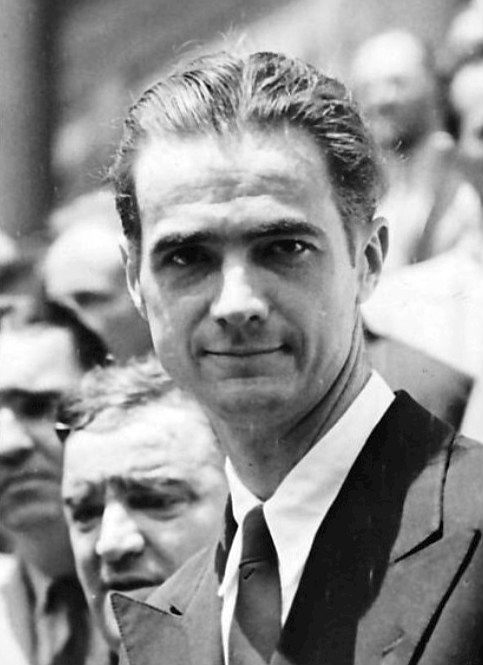
On Dec. 17, 1953, Howard Hughes signed documents that created the Howard Hughes Medical Institute, formed with the…
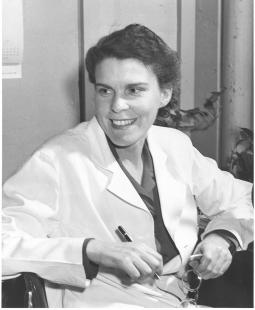
In 1948, Dr. Isabel M. Morgan led a team that successfully inoculated monkeys with a killed-virurs vaccine. From…
In 1943, U.S. Army Medical Research Institute of Infectious Diseases (USAMRIID) established at Fort Detrick, Maryland.
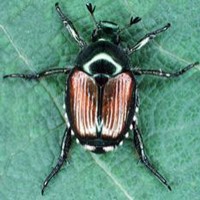
In 1939, the first large-scale deliberate release of bacteria into the environment takes place when Bp is sprayed…
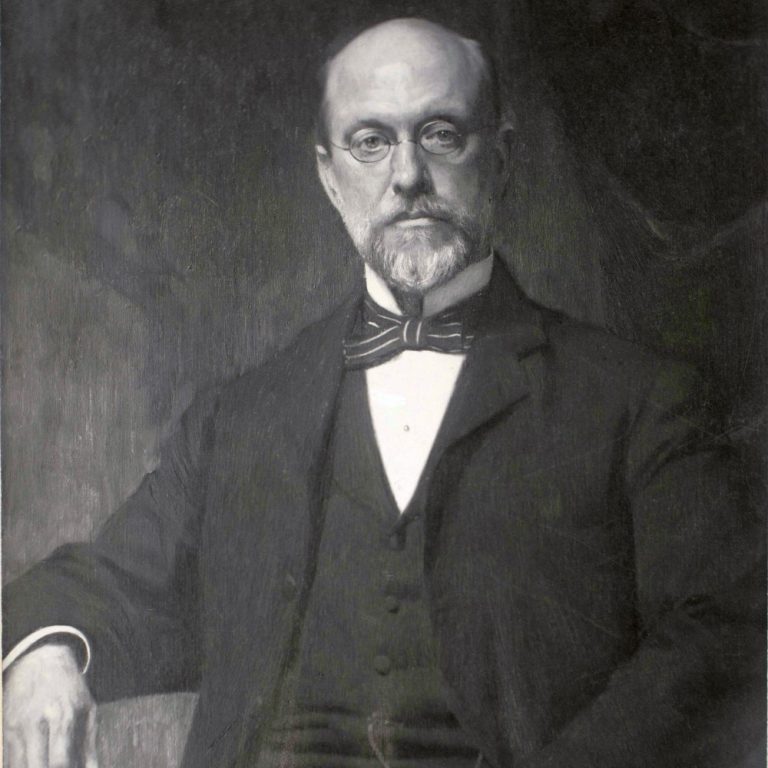
In 1923, the Priestley Medal, named for Joseph Priestley, was awarded for first time by the American Chemical…
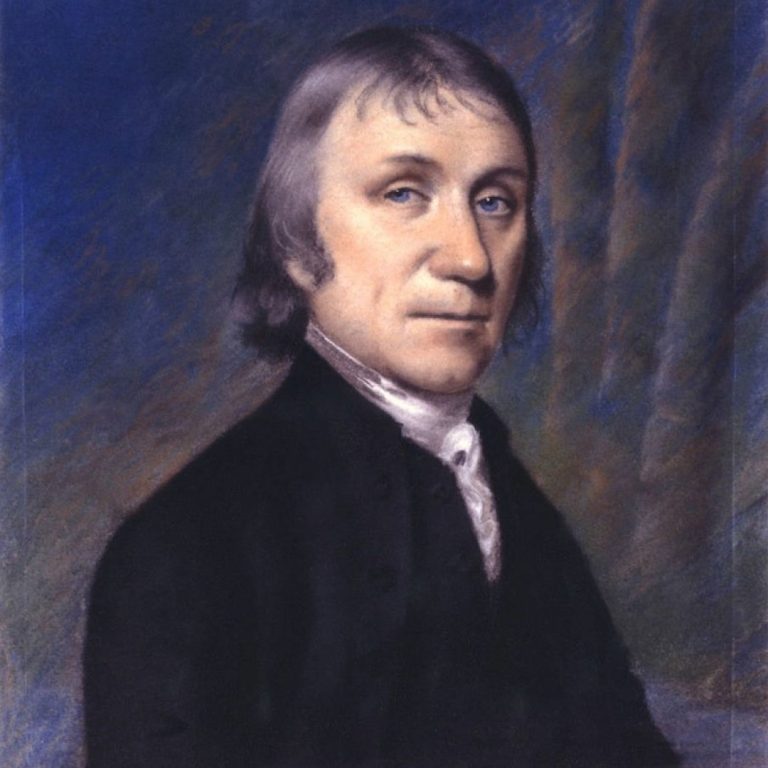
In 1922, the Priestley Medal, named for Joseph Priestley, was awarded for first time by the American Chemical…
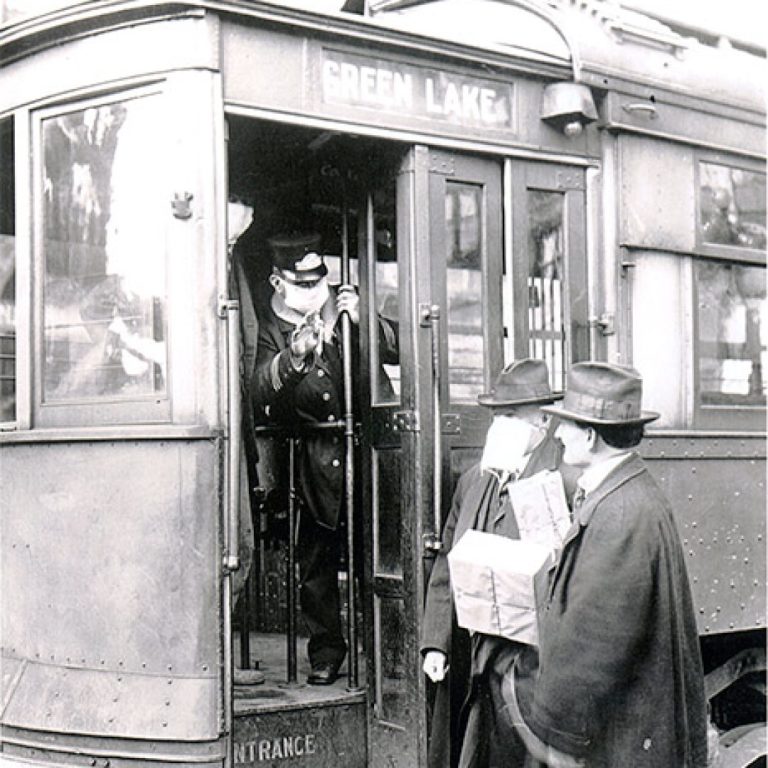
On Nov. 2, 1918, Baltimore health commissioner Dr. John Blake removed the city’s closure order. Public schools were…
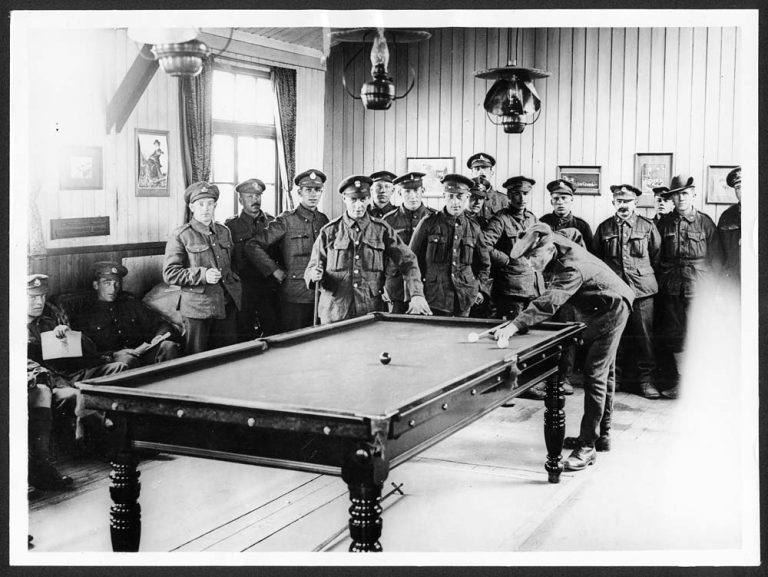
On Oct. 26, 1918, Baltimore health commissioner Blake decided to allow churches, retail stores, movie houses, theaters, poolrooms,…

On Oct. 11, 1918, Baltimore health commissioner Dr. John Blake ordered all churches and poolrooms closed, and hinted…
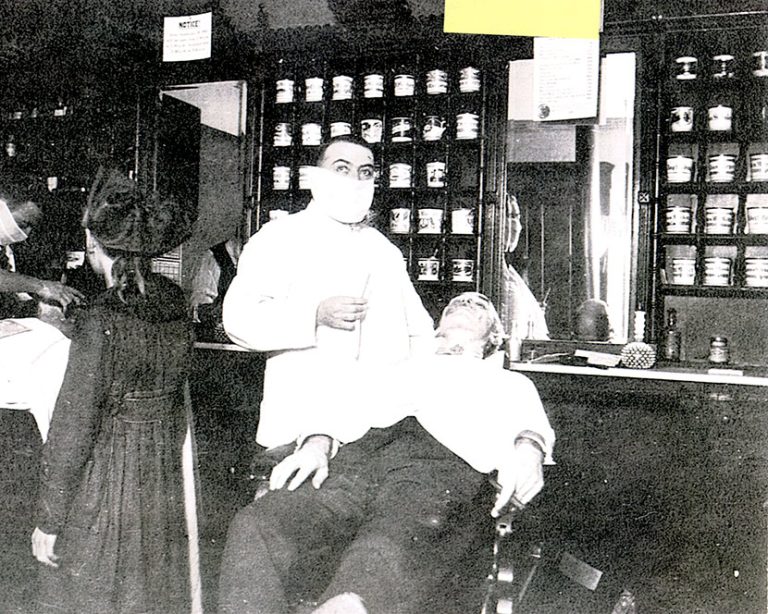
On Oct. 10, 1918, Baltimore Health Commissioner Blake restricted business hours for department, retail, and specialty stores. He…
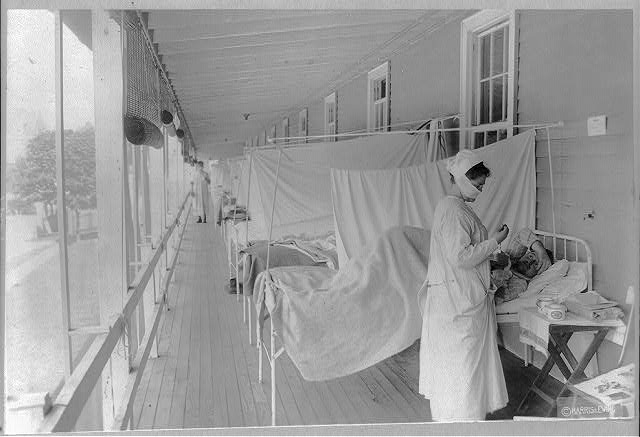
On Oct. 8, 1918, the Baltimore school board decided to take unilateral action and to close all public…
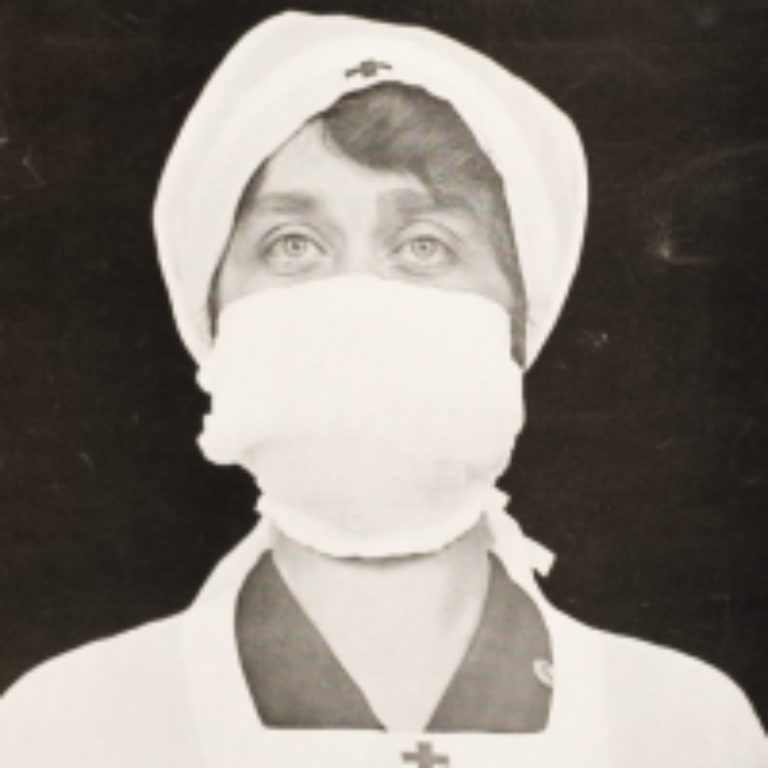
On Oct. 1, 1918, Baltimore city Health Commissioner Dr. John Blake asked streetcars and theaters to increase ventilation…

On Sept. 29, 1918, Baltimore’s health department admitted to increasing cases of influenza but it was not yet…
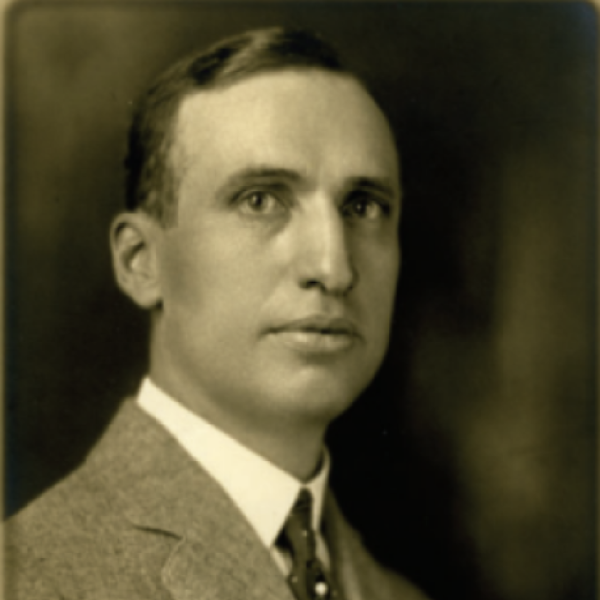
In 1908, Drs. John F. Anderson, Leslie L. Lumsen and Wade H. Frost expanded scope of earlier typhoid…
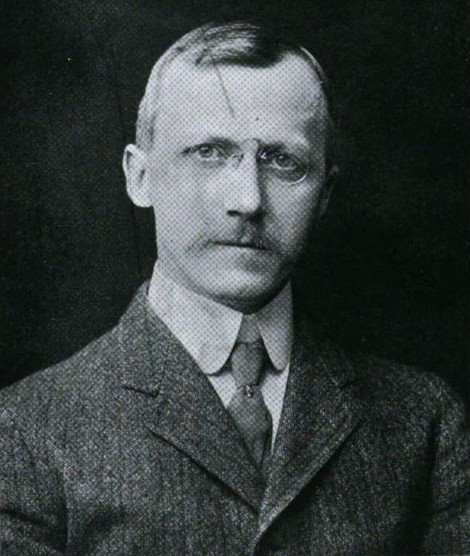
In 1894, Thomas Caspar Gilchrist from the University of Maryland first identified blastomycosis. Gilchrist initially believed the disease…
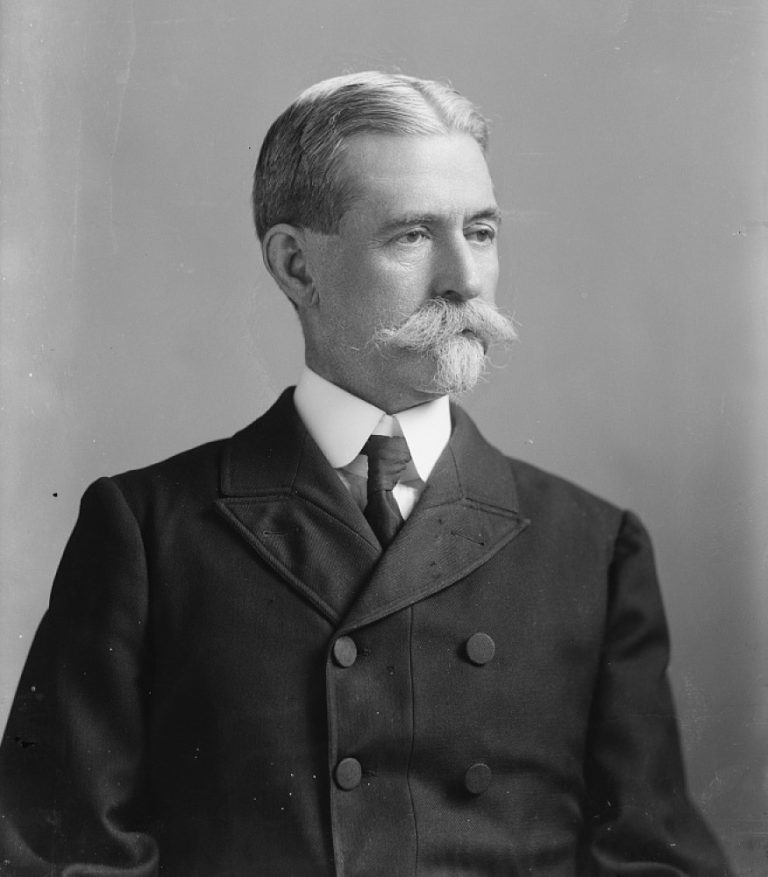
In 1890, J.E. Hanger Company enterprise expanded with offices in St. Louis, Atlanta, Pittsburgh, Baltimore, and Philadelphia. James…
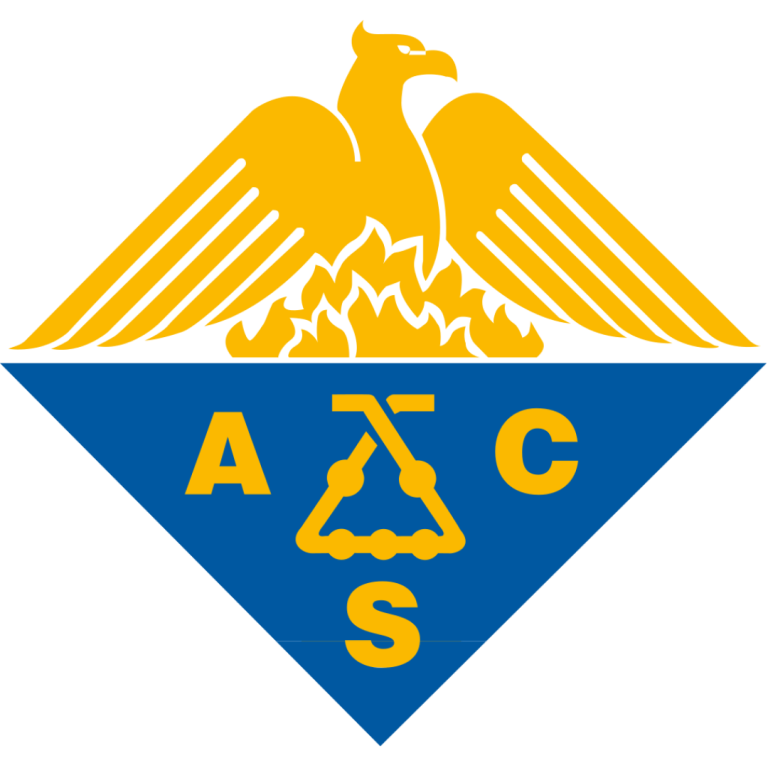
On Apr. 6, 1876, thirty-five chemists met at the College of Pharmacy of the City of New York…
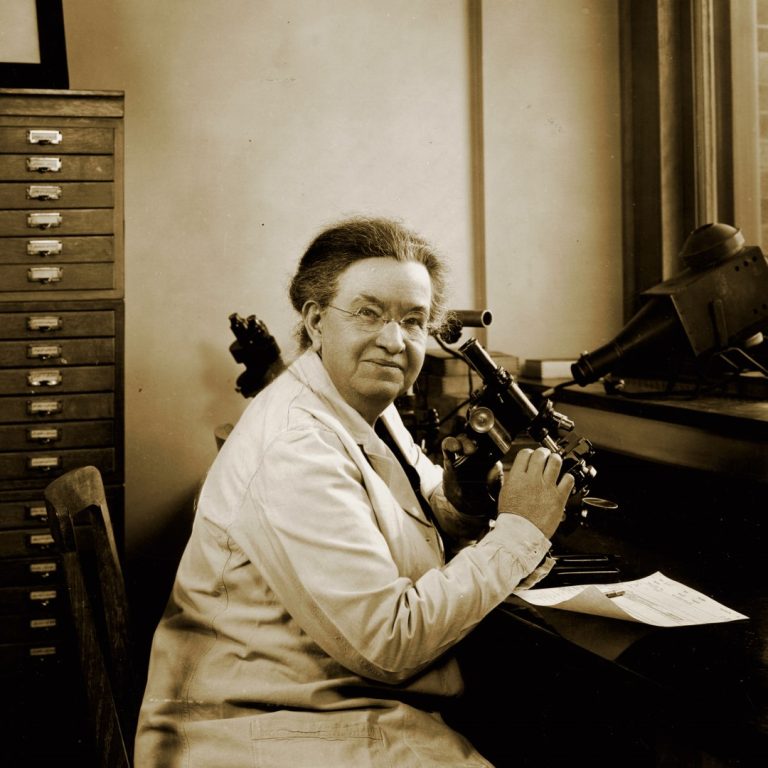
In 1871, Florence Sabin became the first woman to serve as a faculty member at Johns Hopkins. became…
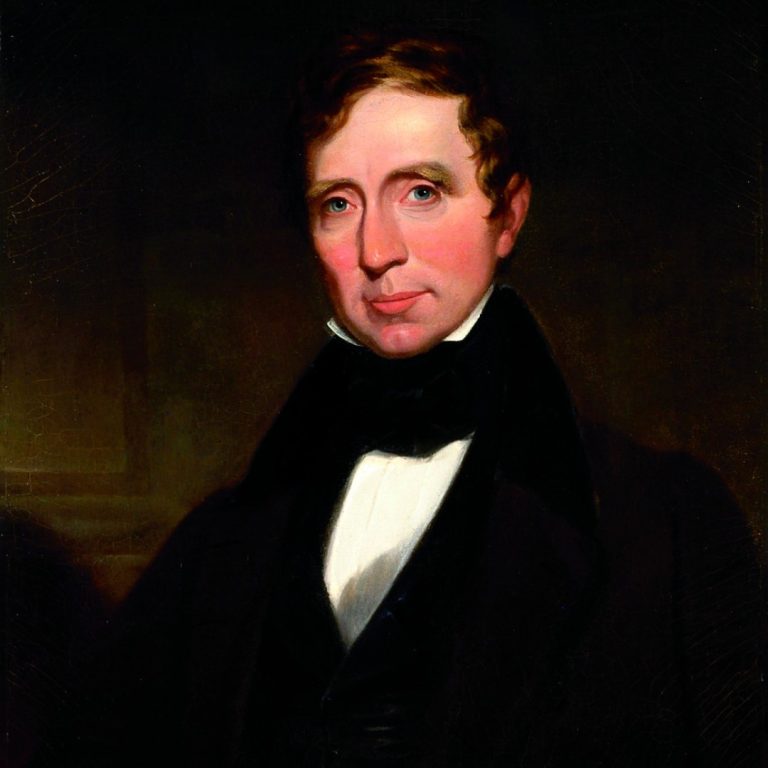
On Sept. 17, 1838, Emory College classes began for fifteen students. The College was founded in 1836 by…

In 1836, Emory College was founded by a group of Methodists in Newton County that dedicated themselves to…